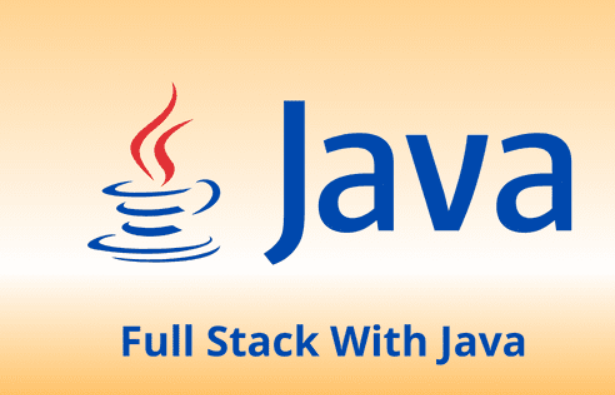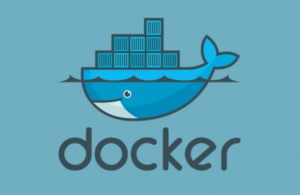Implementing caching in Java Full Stack applications can significantly improve the performance and responsiveness of your application by reducing the need for expensive computations or data retrieval operations. Caching can be applied at various levels, such as application-level caching, database-level caching, or external service-level caching. Here’s a guide on implementing caching in different parts of a Java Full Stack application:
- Application-Level Caching:
Application-level caching involves caching data or computation results within your application’s memory. This can be achieved using in-memory caching libraries such as Caffeine, Ehcache, or Guava Cache. Follow these steps to implement application-level caching:
- Identify the data or computation results that are suitable for caching. Examples include frequently accessed data, expensive database queries, or complex calculations.
- Choose a caching library that suits your requirements and integrate it into your application by adding the necessary dependencies.
- Define cache configurations, such as maximum cache size, expiration policies, or eviction strategies.
- Wrap the code that fetches or computes the data with cache access logic. Before executing the expensive operation, check if the data is already present in the cache. If not, perform the operation and store the result in the cache for future use.
- Database-Level Caching:
Database-level caching involves caching query results or frequently accessed data at the database level. This can be achieved using features provided by your database management system (DBMS) or using dedicated caching frameworks such as Redis or Memcached. Here’s how to implement database-level caching:
- Analyze the database queries or data access patterns to identify queries that are executed frequently or fetch large amounts of data.
- Enable query result caching or configure caching mechanisms provided by your DBMS. This typically involves setting cache expiry, cache size limits, or caching strategy.
- Consider using an external caching system like Redis or Memcached as an additional layer of caching between your application and the database. These caching systems provide high-performance in-memory caching and can be easily integrated with your Java Full Stack application.
- External Service-Level Caching:
If your application interacts with external services, you can implement caching mechanisms to reduce the load on those services and improve response times. Here’s how to implement external service-level caching:
- Identify the external service calls that are made frequently or fetch data that changes infrequently.
- Introduce a caching layer between your application and the external service. This can be done using in-memory caching libraries like Caffeine or by utilizing external caching systems like Redis or Memcached.
- Cache the response data from the external service for a certain duration or until the data changes. Subsequent requests can be served from the cache instead of making a round-trip to the external service.
- Cache Invalidation and Eviction:
To ensure data consistency and prevent stale data, implement cache invalidation and eviction mechanisms. This involves removing or updating cached data when it becomes outdated or invalid. You can utilize techniques such as time-based expiration, event-based invalidation, or manual invalidation based on specific triggers. - Monitoring and Performance Optimization:
Monitor and measure the performance impact of caching in your Java Full Stack application. Use tools like JMX, Micrometer, or custom logging to track cache hits, misses, and performance metrics. Monitor the cache size, eviction rates, and overall cache efficiency to optimize cache configurations and ensure optimal performance. - Distributed Caching:
For distributed or clustered environments, consider using distributed caching solutions like Hazelcast or Apache Ignite. These frameworks provide distributed caching capabilities and ensure cache consistency across multiple application instances or nodes.
Remember to analyze your application’s specific caching requirements and choose appropriate caching strategies accordingly. Caching can greatly enhance the performance and scalability of your Java Full Stack application, but it requires careful consideration
of data freshness, cache invalidation, and cache management strategies.




